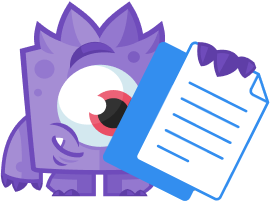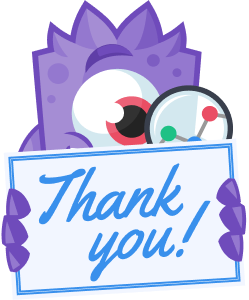Have you noticed an odd increase of random data? Seeing a sudden increase in (not set) values? A spike in page visits but not reach outs? These can all be symptoms of what is referred to as “bot traffic”.
Let’s go through what bot traffic is, and how you can mitigate some of its effects.
What Exactly is Bot Traffic?
Bot traffic refers to any visits to a website or app made by automated software, rather than by actual people. Although “bot traffic” can sometimes sound negative, it isn’t necessarily good or bad—it all depends on the bot’s purpose.
Some bots provide useful services, like search engines and virtual assistants (Siri, Alexa). Most site owners welcome these kinds of bots because they help users discover content.
On the other hand, some bots are harmful, such as those used for credential stuffing, data scraping, or DDoS attacks. Even less malicious—but still unauthorized—bots can be a problem. They might skew your analytics or generate fraudulent clicks on ads or affiliate links.
Some estimates are that over 40% of all Internet traffic comes from bots, and a large portion of that is malicious. That’s why so many businesses are interested in controlling and monitoring bot traffic on their sites.
How to Identify Bot Traffic
Warning: While some of these can easily spotted sometimes they may be a symptom of other site issues. If you’re not sure, contact us!
You can detect bot traffic by analyzing direct network requests to your website or by using a robust analytics platform, like Google Analytics or Heap. Here are a few common signs that typically indicate bot activity:
- Abnormally High Pageviews
If you notice a sudden, large spike in pageviews—one that doesn’t match your usual traffic trends—it may be caused by bots clicking through pages. - Elevated Bounce Rate
A bounce rate measures how many users land on a single page and leave without interacting further. An unexpected jump in bounce rate can result from bots hitting just one page and dropping off. - Unusual Session Duration
Session duration tracks how long visitors stay on your site. If it climbs sharply without explanation, bots may be crawling at a slow pace. Conversely, a sudden decrease can occur if bots click through pages much faster than a real person would. - Suspicious Conversions
A burst of strange-looking conversions—like sign-ups using nonsensical emails or contact forms filled with fake names—often points to form-filling bots or spambots. - Unexpected Traffic Spike from One Location
An abrupt increase in visitors from a particular region or country, especially one that doesn’t match your website’s usual audience, could indicate inbound bot traffic.
How Bot Traffic Can Hurt Analytics
Unauthorized bot traffic can skew vital metrics like pageviews, bounce rate, session duration, user locations, and conversions. This creates major headaches for site owners trying to gauge their site’s performance. When bots inflate (or distort) these numbers, it becomes nearly impossible to conduct accurate A/B testing or optimize conversion rates. The “noise” created by bot traffic compromises your data and undermines the insights you need to improve your site.
How Websites Can Manage Bot Traffic
The first step in reducing or controlling unwanted bot traffic is to create a robots.txt file. This file gives crawling instructions to bots, and you can configure it to block them from accessing specific pages or interacting with your site at all. However, only legitimate bots will follow the robots.txt rules; malicious bots often ignore it entirely.
There are also several tools available to help manage abusive bot traffic. Rate limiting solutions can spot and block repeated requests from the same IP address, but this alone won’t catch every malicious bot. Beyond rate limiting, website hosting providers can analyze a site’s traffic to find suspicious requests and then block those IP addresses using filtering tools. Within Google Analytics itself, you can sometimes set filters that stop the data from being captured, however this is not the most effective either.
When it comes to filtering bot traffic, it is a difficult cat and mouse game. With data that is already captured, there is no way to filter or remove it. Instead, the only way to remove that traffic is to limit the reporting in scope, typically by date range.

